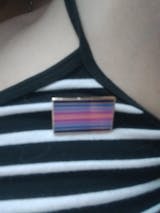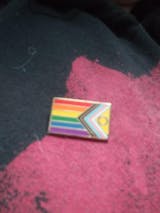A lesbian is a woman who is romantically, emotionally, and/or sexually attracted to other women. This definition emphasises attraction to the same gender (woman to woman).
Here's a breakdown of key aspects:
-
Woman-Identified: The core of lesbian identity is being a woman who is attracted to other women. This includes cisgender women (assigned female at birth and identify as women) and many transgender women (assigned male at birth and identify as women).
-
Attraction: The attraction can encompass romantic feelings (wanting intimate relationships), emotional connections (deep bonds and intimacy), and sexual desire. A lesbian may experience one, two, or all three of these types of attraction towards other women.
-
Sexual Orientation: Lesbian is a sexual orientation, meaning it describes a fundamental aspect of who someone is attracted to. It is not a choice or a lifestyle.
-
Diversity within the Community: The lesbian community is diverse in terms of race, ethnicity, class, age, ability, gender expression, and other identities. There is no single way to be a lesbian.
-
Historical and Cultural Significance: The term "lesbian" originates from the Greek island of Lesbos, the birthplace of the poet Sappho, whose writings often depicted love and relationships between women. The term gained prominence in the 20th century as women sought to define their own identities and build communities.
-
Distinction from Gender Identity: Being a lesbian is about sexual orientation (who you are attracted to), not gender identity (your internal sense of being male, female, both, neither, or somewhere else). A transgender woman can be a lesbian, and a cisgender woman can be a lesbian.
-
Distinction from Behaviour: A woman having sexual relations with another woman does not automatically make her a lesbian. Lesbian identity is rooted in attraction.
In simple terms, a lesbian is a woman who is attracted to other women. It's a fundamental aspect of her identity and reflects her romantic, emotional, and/or sexual desires.







